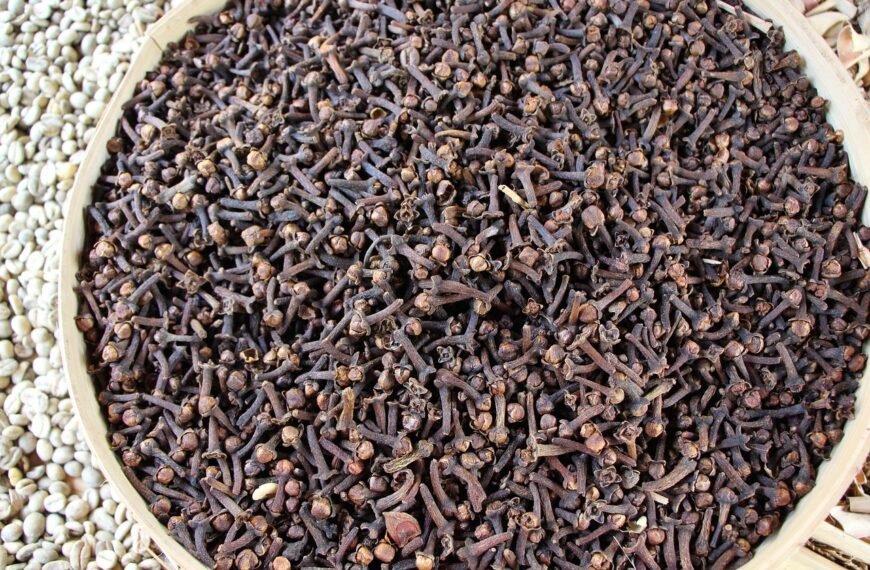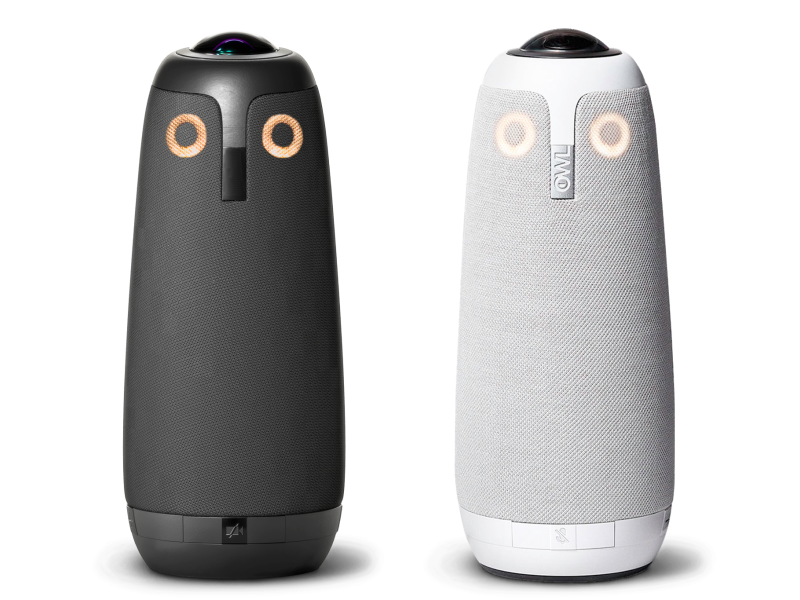Scalp pimples are not just small bumps or itchy spots — they can seriously affect your hair growth. If left untreated, these painful or crusty spots can lead to inflammation, scarring, and even permanent hair loss. Taking care of your scalp health is as important as caring for your skin because the scalp is where your hair roots live. When those roots get inflamed or infected, your hair growth cycle can slow down or stop completely.
How Scalp Pimples Affect Hair Growth
Your hair grows from tiny openings called follicles on your scalp. When these follicles become blocked, infected, or inflamed, the hair growth cycle — including the growing, resting, and shedding stages — gets disrupted. While mild scalp irritation can cause temporary hair shedding, deep or long-lasting inflammation can permanently damage hair roots. In some cases, the follicle gets replaced by scar tissue, which prevents new hair from growing.
Ongoing scalp inflammation can also increase oxidative stress — a condition that speeds up hair damage and early hair loss. That’s why treating scalp pimples early is important to avoid lasting harm.
Common Causes of Scalp Pimples
Several scalp conditions can cause pimples, bumps, or pustules:
- Bacterial infections: Often appear as small, red, or itchy bumps near hair roots. They are commonly caused by bacteria buildup and usually improve with medicated shampoos or topical treatments.
- Severe scalp acne: These lesions can turn into crusted, painful bumps that may leave scars and result in patchy hair loss.
- Chronic scalp inflammation: Some long-term scalp conditions cause pustules and thick crusts that damage hair roots, leading to permanent bald spots if not treated.
- Seborrheic dermatitis: A common cause of flaking and redness on the scalp. If it becomes infected, it can increase hair shedding and scalp irritation.
Warning Signs That Need Attention
If you notice any of these symptoms, it’s time to take action:
- Painful or swollen bumps on your scalp
- Pustules that spread or don’t heal
- Crusting or thick scales on the scalp
- Patchy hair loss or bald spots
- Persistent itching or soreness
These are warning signs that the infection or inflammation might be deep enough to damage your follicles. Seeking medical advice early can help prevent permanent hair loss.
Treatment and Prevention Steps
Scalp pimples can be managed with the right care and treatment routine. The main goal is to reduce inflammation, clear infections, and keep the scalp clean.
- Use antiseptic or medicated shampoos containing ingredients like salicylic acid, ketoconazole, or zinc pyrithione to control oil, flakes, and bacteria.
- Apply topical antibiotics or creams for small infected bumps.
- For severe infections, oral antibiotics may be prescribed to clear deeper inflammation.
- Anti-inflammatory or steroid-based treatments can calm swelling and irritation when needed.
- Once the infection is under control, treatments like PRP therapy or hair restoration can help restore hair density, depending on scalp health.
Simple Scalp Care Tips
- Wash your hair regularly with mild, medicated shampoo.
- Avoid scratching, picking, or popping bumps — it spreads infection and increases scarring risk.
- Keep your scalp clean and avoid greasy hair oils or heavy hair products.
- Ensure hair-cutting tools are clean and sanitized to prevent post-shave irritation.
- If you’re using antibiotics for a long time, ask about ways to protect your gut health.
Why Early Care Matters
Scalp pimples are more than a cosmetic issue — they can damage hair roots and cause permanent hair loss. Quick recognition, gentle scalp care, and timely treatment can stop inflammation before it leads to scarring. Avoid home remedies or harsh products that can make things worse. If you notice painful bumps or patchy hair loss, don’t delay care. Protecting your scalp today means stronger, healthier hair tomorrow.


















